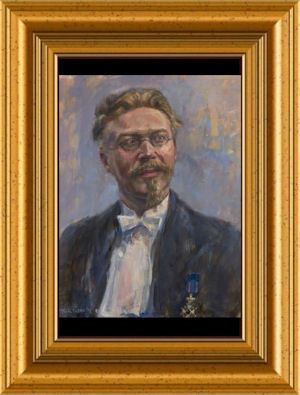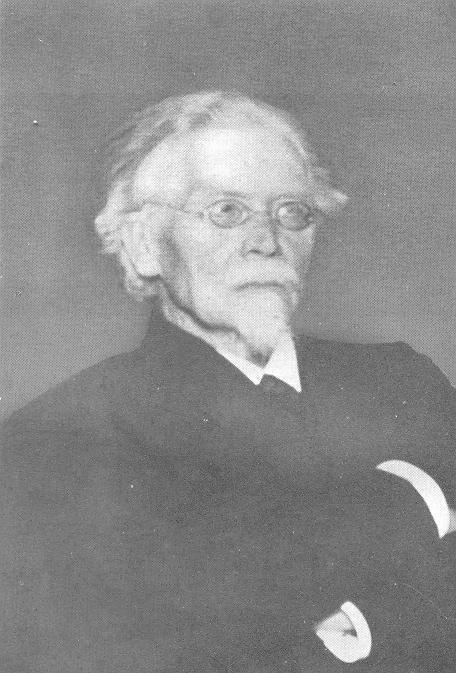Name Gerardus Heymans Role Philosopher | Education Leiden University | |
 | ||
Died February 18, 1930, Groningen, Netherlands Books To the citizens of the belligerent states | ||
Gerardus Heymans (17 April 1857, Ferwert – 18 February 1930, Groningen) was a Dutch philosopher, psychologist, a follower of Gustav Fechner's idea of psychic monism, and from 1890 to 1927 a Professor at Groningen University. His thought was influenced by the work of the Russian philosopher African Spir.
Contents

Academic career
Heymans studied law and philosophy in Leiden University under Jan Pieter Land, Simon Vissering and Joannes Buys. He passed his exams in public law on 23 October 1879 and on 29 June 1880 he was awarded a PhD on a dissertation in Political Economics "Karakter en methode der staathuishoudkunde". He continued his philosophical studies in Germany where a year later he earned a second D.Phil degree on a subject on Ethics.
In 1900 he became member of the Royal Netherlands Academy of Arts and Sciences, he resigned in 1919.
His student Johannes Jacobus Poortman could not agree with his monistic point of view and formulated the concept of hylic pluralism (in Dutch hylisch pluralisme).
On June 11, 1944, the Heymans-Genootschap, an organisation for the continuation of his work, was established.
Heymans' system of personality classification
This section is based on a translation of the Dutch wikipedia page
Inspired by Ernst Kretschmer and by Jung, he created a personality (or temperament) classification based on a cube with three axes:
This cube gives rise to eight temperaments at its apexes (names for which were inspired by Greek philosophers and physicians such as Galen and Hippocrates):
This typology was widely used in Dutch-speaking countries, but has been superseded by more modern typologies such as the Myers-Briggs Type Indicator.
